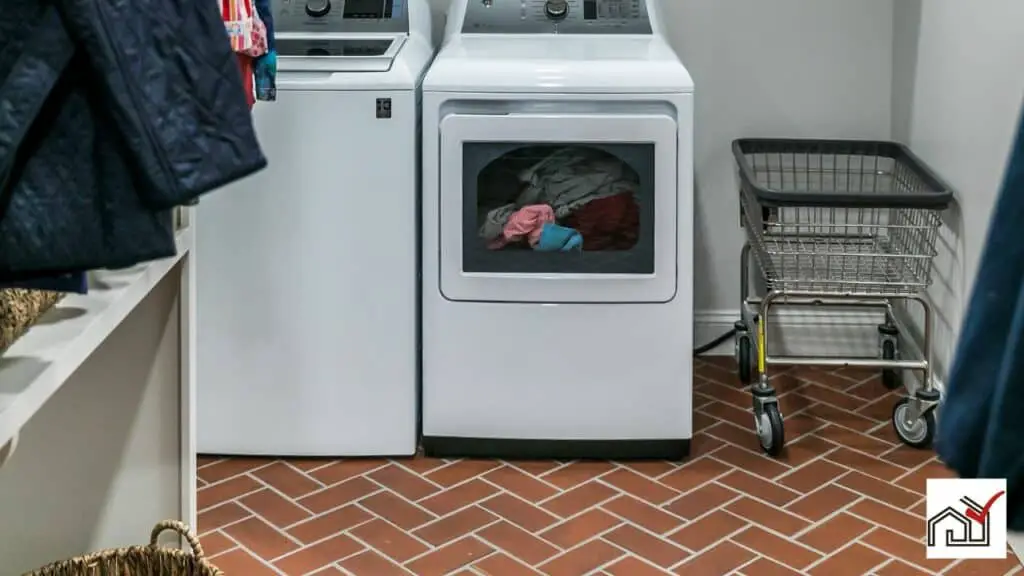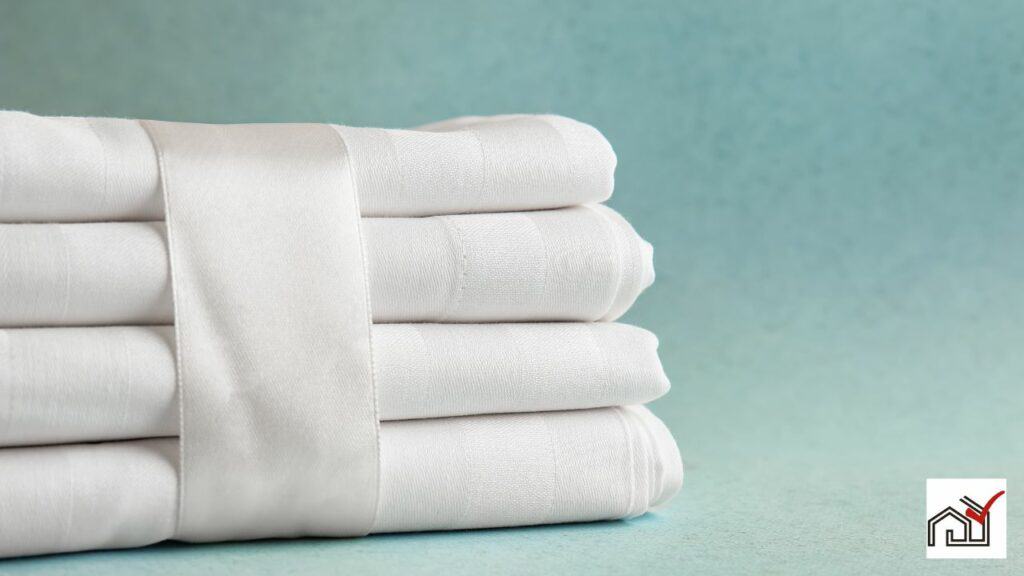Pillow top mattresses, known for their extra layer of upholstery for comfort, are popular for their soft feel. However, they may not last as long as other mattresses. The cushioning of the pillow top can compress over time, leading to reduced firmness and body impressions.
The durability of a pillow top mattress depends on the quality of materials, the weight of the user, and how well it is maintained. Buyers should consider these aspects and the care needed to maintain the mattress’s condition.
Let’s now talk about the durability of pillow top mattresses and what buyers should think about.
Understanding Pillow Top Mattresses
Pillow top mattresses have an extra layer of padding that provides a soft feel. This layer can affect the mattress’s durability and resistance to wear. The lifespan of a pillow-top mattress depends on the materials’ quality. High-quality pillow tops with dense foam or durable fibers last longer and keep their shape and support. Cheaper models with lower-quality materials may compress and lose support quickly.
These mattresses often don’t have tufting, which can lead to the inner fibers shifting and uneven wear. To prevent this, it’s recommended to regularly rotate the mattress for even wear, which can prolong its life.
Factors Affecting Durability
The durability of pillow top mattresses is affected by material quality, user habits, and maintenance. High-density foam in the pillow top and other layers offers better resistance to wear and tear, maintaining the mattress’s shape and comfort longer.
The way a person uses the mattress also affects its lifespan. For example, the same area bearing constant heavy weight can cause the materials to break down and sag. Regularly rotating the mattress can help prevent this. Activities like eating in bed or having pets on it can also increase damage risks, shortening the mattress’s life.
Using a high-quality mattress protector is essential for preventing spills and stains that could harm the mattress materials. Cleaning and rotating the mattress as part of regular maintenance leads to even wear and can prolong its life.
Comparing Mattress Longevity
Pillow top mattresses offer more comfort but often wear out faster than traditional mattresses. The top layer is prone to compression and sagging, leading to a reduced lifespan. Over time, the plushness and support can diminish, necessitating earlier replacement compared to mattresses without pillow tops.
Weight and sleep habits can hasten the deterioration of pillow tops. Although high-quality materials may last longer, they too will eventually break down. Non-pillow-top mattresses may lack initial comfort but typically hold their shape and support longer.
To extend mattress life, regular rotation and protectors are recommended. However, pillow tops cannot be flipped, limiting maintenance options. This should be considered when evaluating long-term mattress value.
Maintenance and Care Tips
Regular maintenance can improve the lifespan of pillow top mattresses. Since these mattresses cannot be flipped, rotating them every three months is essential to reduce wear and to maintain even support.
The life expectancy of a pillow top mattress depends on the user’s weight and sleep patterns, the quality of the mattress materials, and how often the mattress is used.
To protect the mattress, use a high-quality mattress protector to guard against spills and stains and to minimize movement for better sleep. Clean the mattress regularly by vacuuming to remove dust and allergens, and spot-clean stains as needed. Keep the room at a moderate temperature to prevent damage to the mattress materials.
When buying a pillow top mattress, choose one made of high-quality materials for greater durability and support, even though it may cost more initially. Caring for a quality mattress is a worthwhile investment for lasting comfort and support.
Recognizing Wear Signs
Pillowtop mattresses show wear through sagging and compression. These mattresses have an additional layer for comfort, but it can deteriorate faster than the mattress itself, leading to shape and support loss.
Wear signs include lumps and indentations, which create pressure points and reduce comfort. The top layer, often made of memory foam or fiberfill, can compress over time, diminishing support and motion absorption.
Fiber migration within the pillow top can make the surface uneven, sometimes requiring special bedding to fit the mattress’s increased depth. This difficulty is a practical indication of significant wear.
Early recognition of these signs is important for sleep quality and to determine when a mattress replacement is needed for proper support and comfort.




